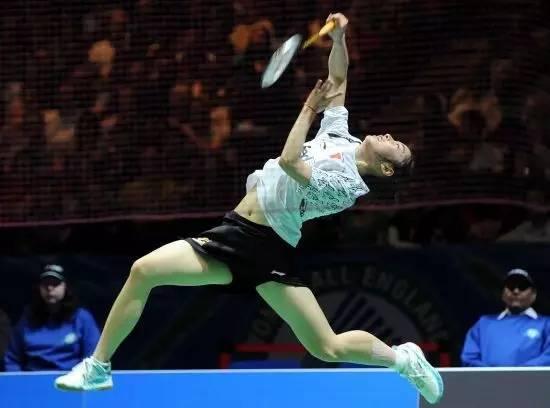1. Pull, lob and assault, can amateurs really play it?
For professional singles, pull, lob and assault are common tactics. According to different personal skills and physical abilities, some people pull more, some people assault more, and with the changes in physical ability, on-the-spot state and other conditions, targeted adjustments will be made. For example, before 2008, Violent Dan gradually transformed into Taiji Dan, which is a successful case of switching from more assault to pull, lob and control as age increases and ability decreases.
Carefully analyzing the four words of pull, lob and assault, we will find that pull, lob and assault require relatively high running ability and hand control, while assault will relatively emphasize physical explosiveness and various downward offensive techniques such as heavy kill, chop kill, chop and lob. Just from the perspective of physical ability, it means that there are high requirements for people’s speed and strength. Professional athletes will not have problems in these two aspects, but for amateurs, this may be a matter of having your cake and eating it too – those who run fast are generally small and slender; those with better strength are basically big and strong.
In my opinion, there is no need to talk about tactics before amateur level 3. Enthusiasts at levels 3-6 who have mastered the basic techniques comprehensively may need to consider the singles tactics that suit them. Although professional athletes generally use the pull-and-lob attack, this style of play really requires high technical and physical abilities and may not be suitable for most amateur players.
2 What are the requirements for pull-and-lob vs. attack?
In my opinion, the dichotomy of speed and strength is a good starting point for amateurs to consider tactics – thin players should play to their advantage of speed, and strong players should fully demonstrate their advantage of strength.
Pull-and-lob – the choice of speed-type players, the core is ” fast + stable “. Fast is mainly about running fast on the court, which is what the saying “running in place” means, which allows you to be in a body posture that is relatively smooth in exerting force. With the premise of being in place, it is easier for us to hit the ball “steadily” – it is not easy to make mistakes when hitting the ball, and the hit point is more accurate. The two factors of speed and stability complement each other, which is the best combination tactic for speed players: through active running on the court and stable square balls in hand, try to use multiple shots to pull the opponent, forcing the opponent to make mistakes or return low-quality balls when the pace is not in place.
Assault – the choice of power players, the core is ” ruthless + change “. As a player with a strong body, there will be a natural disadvantage in speed, and the stability of the ball will also decrease when the footsteps are not in place. If you still blindly fight with the opponent to pull and lob at this time, it is to attack the opponent’s strength with your own weakness. What we should do is to increase the downward pressure, use relatively simple overhand balls to suppress the opponent, and increase the difficulty of the opponent’s ball. At the same time, it is relatively easy to make changes in the overhand ball. The application of various techniques such as heavy smash, smash, and lob can greatly increase our scoring possibilities. If we can implement the “ruthless + change” tactics, more often take the ball and press down, the opponent will lose if he defends for a long time. We can not only play our own characteristics, but also easily win the final victory.
3 Pull and lob and assault, how should amateurs choose?
For amateurs, do not blindly imitate professional athletes in the choice of singles tactics. We do not have such comprehensive skills and good physical fitness. We should choose to lob or assault according to our own physical conditions. Slender speed players choose lob, and score mainly by running to the right position and relatively accurate four-way balls to mobilize opponents on a large scale; strong power players choose assault, and use rich and varied downward pressure techniques to continuously put pressure on opponents.
Of course, if we reach the level of amateur strong 6 or even 7, we may need to combine lob and assault, and adopt more professional skills and tactics to achieve a higher winning rate in singles. This requires us to ensure comprehensive and superb skills through special multi-ball training, and continuous physical training to ensure the improvement of our own speed and strength.


Leave a Reply